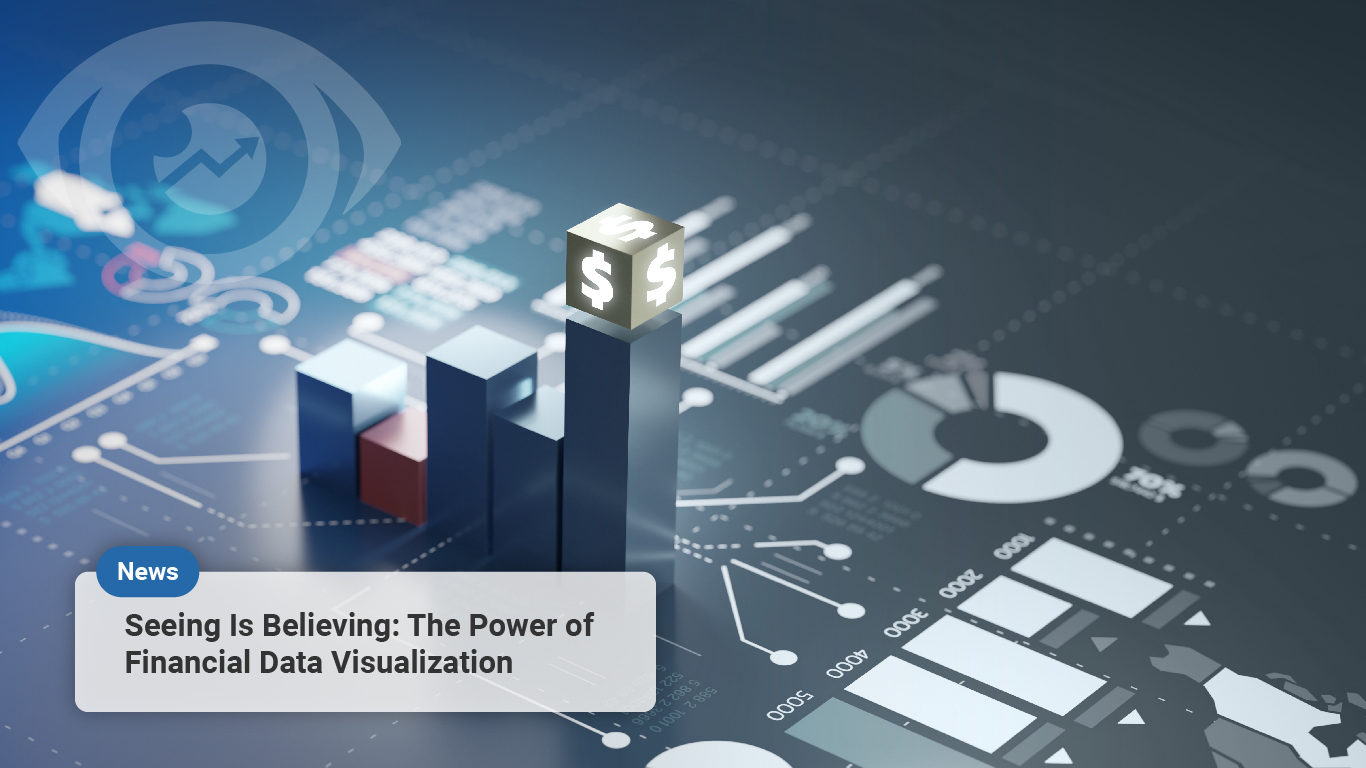Estimated reading time: 4 minutes
Table of contents
I. Introduction
In today’s data-driven world, has become increasingly important for businesses operating in the finance industry. The ability to understand and interpret financial data is crucial for making informed decisions and driving growth. However, this data can often be complex and difficult to digest, making it hard for stakeholders to fully grasp its meaning.
In this article, we will explore the importance of financial data visualization and its role in facilitating better decision-making in the finance industry. We will also delve into what, the different types of data that can be visualized, and the tools and technologies used in the process.
II. Why is data visualization important in finance?
Financial data visualization is important for several reasons. First, it allows stakeholders to quickly and easily understand complex financial data, making it easier to identify trends, outliers, and patterns. This can help businesses make informed decisions and take action more quickly.
Second, financial data visualization can help improve communication between different stakeholders in the finance industry, such as investors, analysts, and executives. By presenting financial data in a clear and concise manner, stakeholders can better understand the data and have more productive conversations about it.
Finally, financial data visualization can help businesses stay competitive in the finance industry. As more and more companies begin to leverage data to drive growth, those that are unable to effectively visualize and interpret their financial data will be at a disadvantage.
III. What is data visualization in finance?
Financial data visualization is the process of representing visually through charts, graphs, and other visual aids. This allows stakeholders to quickly and easily identify trends, outliers, and patterns in the data, as well as understand the relationships between different data points.
There are many different types of financial data that can be visualized, including stock prices, sales figures, and revenue projections. The tools and technologies used in financial data visualization vary depending on the complexity of the data and the desired outcome. Some of the most common tools include Excel, Tableau, and Power BI.

IV. How do you visualize finance data?
There are several steps involved in visualizing finance data effectively. First, the data must be prepared and cleaned to ensure its accuracy and reliability. Next, the appropriate visualization techniques must be selected based on the type of data being presented and the desired outcome. This could include bar charts, line charts, or scatter plots.
When designing financial visualizations, it is important to keep in mind that the goal is to present the data in a clear and concise manner. This means avoiding clutter, choosing the right colors and fonts, and presenting the data in a logical and intuitive way.
V. Conclusion
Financial data visualization is becoming increasingly important in the finance industry. By presenting complex financial data in a clear and concise manner, businesses can make better-informed decisions, communicate more effectively with stakeholders, and stay competitive in an increasingly data-driven landscape. By investing in data visualization services, banks, and financial institutions can unlock the power of their financial data and drive growth and success.
VI. About Us
At Visbanking, we specialize in providing financial data visualization services to clients in the banking industry. Our team of experts has years of experience in creating effective visualizations that help our clients better understand and interpret their financial data. Contact us today to learn more about our services and how we can help your business succeed.
Financial data visualization is the process of representing visually through charts, graphs, and other visual aids. This allows stakeholders to quickly and easily identify trends, outliers, and patterns in the data, as well as understand the relationships between different data points.




